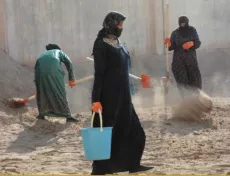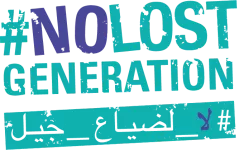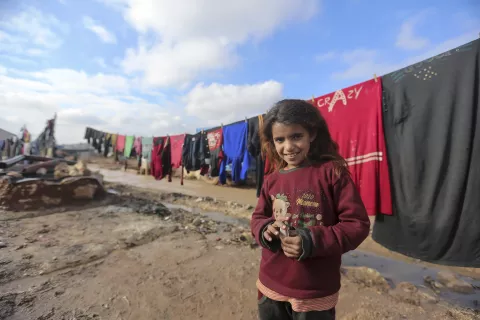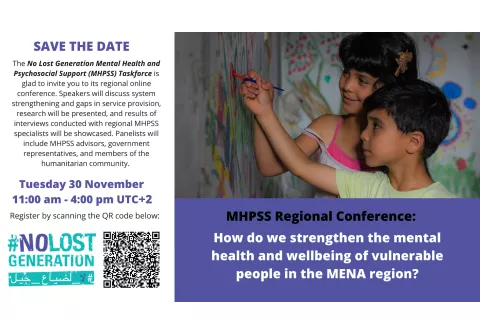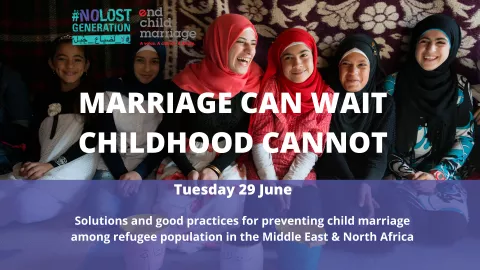Unpacking gendered realities in displacement: the status of Syrian refugee women in Iraq
UN Women
Highlights
Syrians seeking refuge in Iraq are almost exclusively ethnically Kurdish (97%) and reside in the Kurdistan Region of Iraq. In addition to the Syrian refugees, a caseload of 249,6412 , 61% of Iraq’s 1.8 million internally displaced persons (IDPs) reside in the Kurdish region, 3 together placing a significant amount of stress on local infrastructure and governance. While the Kurdistan Regional Government has taken steps towards the inclusion of Syrian refugees, for instance allowing them to work, access education, and move freely within the Region, they still experience social and economic hardships as a result of displacement.
According to the latest figures, nearly half (47%) of Syrian refugees registered in the Kurdistan Region of Iraq are female.4 Gender discrimination and inequality place them at heightened risk of violence and exploitation, which is exacerbated by shifting gender roles and conditions in displacement. Within this context, UN Women sought to assess the gendered impact of the Syria crisis, and look at the status of refugee women and girls in the Kurdistan Region, with a focus on understanding the changing nature of gender dynamics, women’s roles and responsibility, their experiences of and access to humanitarian aid, and experiences of violence. Using information gathered from 500 survey responses and five in-depth interviews, all conducted with female Syrian refugees, this report highlights the situation of women and girls living in displacement in Iraq.
This study highlights many of the key concerns for female Syrian refugees living in the Kurdistan Region of Iraq, and the underlying gender inequalities that contribute to and perpetuate their lives in displacement.
